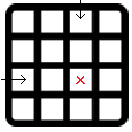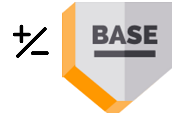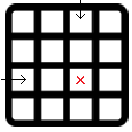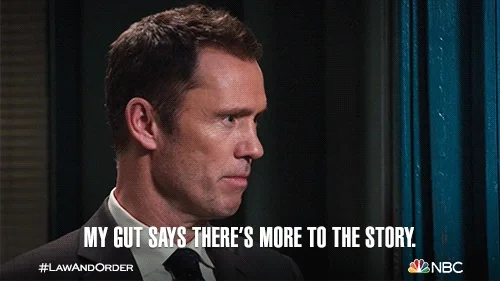 The average minimum sentence in the US Federal Prison System (as of 2023) is 165 months. That's nearly 14 years.
The average minimum sentence in the US Federal Prison System (as of 2023) is 165 months. That's nearly 14 years.

How do courts decide on the lengths of criminal sentences? If you live in the US or are interested in pursuing a legal career, you're gonna want to know how the courts figure out a prison sentence.
Sentencing Goals

A sentence happens at the end of a criminal trial, after an offender has been found guilty by the judge or jury. It's meant to balance between four goals: retribution, deterrence, incapacitation, and rehabilitation.
Here's what the court is asking when figuring out a sentence:
Retribution
How much punishment should the offender receive?
Deterrence
How does this sentence discourage others from doing that same crime?
Incapacitation
How long should we disable the offender from potentially offending again?
Rehabilitation
How does this sentence help the offender avoid doing the crime again?

For courts, sentencing can be a tricky balance. That's where the tools of sentencing come into play.
Sentencing Tools
Imagine a criminal trial as your favorite board game. Only it's a super complicated one, like Dungeons and Dragons. Just like a board game, US courts have tools to help players with the complicated bits.

Let's take a look at some of the most important tools of sentencing:
The Presentencing Report
This report is a lot like a fantasy game's character sheet. It's a background check on the offender, covering both their role in the crime and personal and professional details, including past criminal behavior.

The US Sentencing Commission Guide Manual
Here we have something like the Dungeon Master's Guide. When the sentencing process begins, the judge follows this manual to create sentences that are reasonable and fair.

The Sentencing Table
The Guide Manual above contains a lengthy table where recommended sentence lengths can be plotted, but judges have to do some legal math first.
Sentencing Formula
Figuring out the numbers to plug into the sentencing table is the real focus of the sentencing process. Those numbers are:
the offense base level: how bad was the crime?
the criminal history category: how much crime has this offender done already?
After some judicial math, these numbers are plugged into the sentencing table like a game of legal Battleship.
 Image credit: Bing Copilot
Image credit: Bing Copilot
Putting It All Together: Calculating a Sentence

1. Naming the offense
The judge finds the crime in the Guide Manual. The guidelines have attached an offense base level number to that crime.

2. Contextualizing the offense
They then look at special offense characteristics, the offender's behavior during and after a crime, which add or take away from the base number.

3. Considering the offender's criminal history
The court uses the presentencing report to look at prior convictions to find the criminal history category, the second number. More past crime = a higher category.

4. Charting the recommended sentence
The judge lines up these two numbers on the sentencing table: the offense level row with the criminal history category column.

5. Keeping it flexible
Since the Guide Manual is, well, just a guide, courts may then decide to move the recommended sentence up or down based on any unique details of the case.
Quiz
Bob has pled guilty to robbing a bank and is due for sentencing. Under which sentencing step will the judge consider his guilty plea?
Take Action
 And that's the basic sentencing process in the US federal judiciary. You might be thinking it gets more complicated than that, and you'd be a thousand percent correct. So why stop here?
And that's the basic sentencing process in the US federal judiciary. You might be thinking it gets more complicated than that, and you'd be a thousand percent correct. So why stop here?
Your feedback matters to us.
This Byte helped me better understand the topic.

